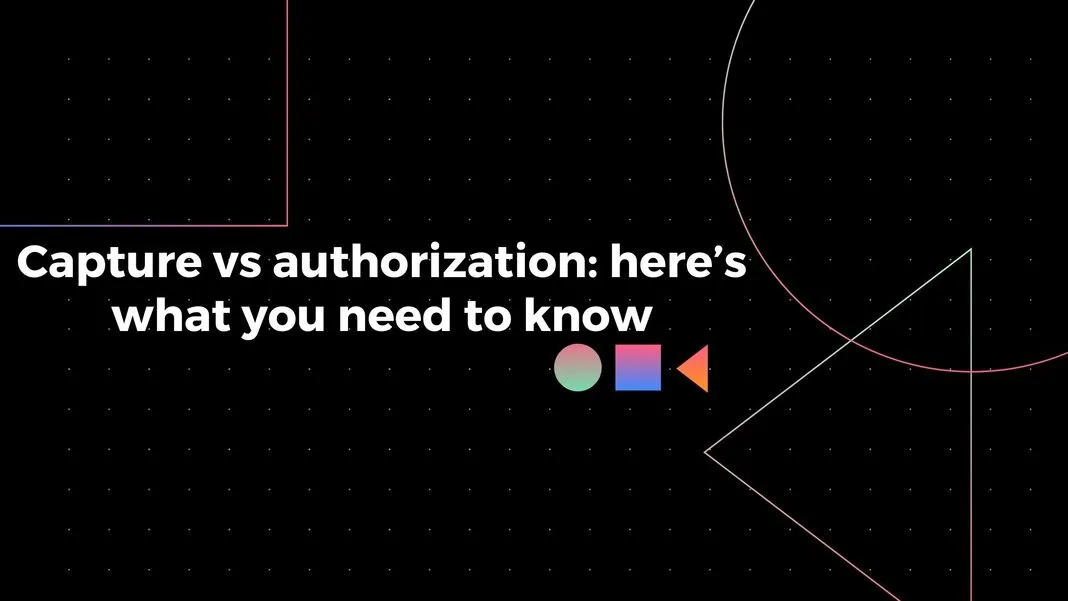
If you have an online store that accepts credit cards, you already know the terms “authorization” and “capture.” You may even know what they mean to your company, but to what extent do you know the timeframe between them? First, of course, we’re talking about the day (or several days) between when a customer makes a credit card purchase and when the money appears in your account. So let’s talk more about this significant step in credit card processing.
What does authorization mean?
The authorization allows the seller to book the necessary amount on the buyer’s credit card but not to move it. It ensures that the funds are received in the final settlement.
The issuer examines the client’s account and decides whether the credit card is legal and has sufficient funds to cover the cost of the sale. Funds that are “reserved” cannot be used anywhere else.
Blocking of funds happens within 24 hours. Authorizations automatically expire after some time if they are not captured. The expiration period varies by card brand and gateway, but usually within 7–10 days. If you wait too long to capture an authorization, the gateway may cancel the authorization.
Tourism industries like hotels, airlines, and car rental companies can capture it up to 30 days after authorization.
What does capture mean?
Capture is the process of completing a credit or debit card purchase by capturing or settling the funds for the transaction. After the payment has been authorized, the payment gateway may submit the capture request to the issuing bank immediately or at the merchant’s chosen time.
Credit card capture comes in two ways:
Automatically – is the most common scenario. It’s when the merchant’s acquiring bank automatically sends the credit card capture on behalf of the merchant. A merchant doesn’t have to do it manually; the funds are often captured immediately after the authorization.
Delayed – in this scenario, the merchant asks for the ability to control the customer’s credit card authorization and a capture request. The authorization will expire if the request hasn’t been sent during the period. Delayed capture is standard for service companies, where funds are authorized first and captured after the service has been delivered.
Delayed captures become handy in cases where it is not known in advance the exact amount to be charged from the customer’s card to the seller and whether it will be necessary.
A time delay between “authorization” and “capture” payment gives you time to cancel the charge. It is helpful, for example, when a customer changes their mind shortly after purchase or when store staff realizes they made a mistake after the payment had been approved.
So, if you have any questions or need support with the payment process, please get in touch with us. We can help you to save a lot of time.
GET IN TOUCH